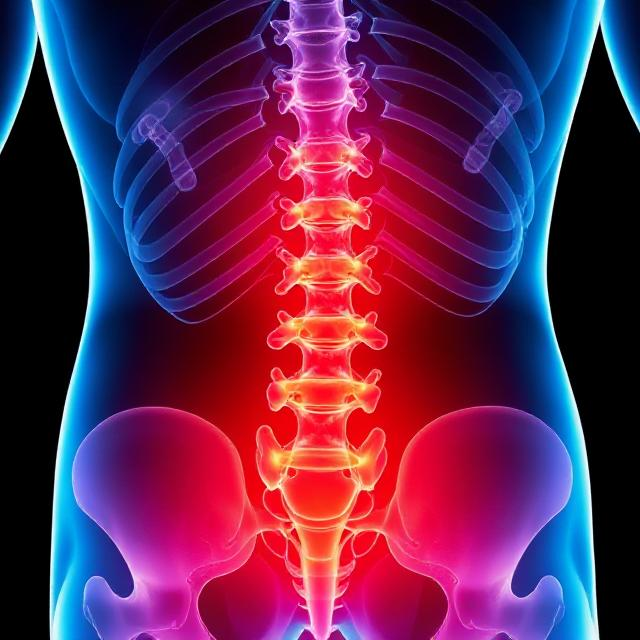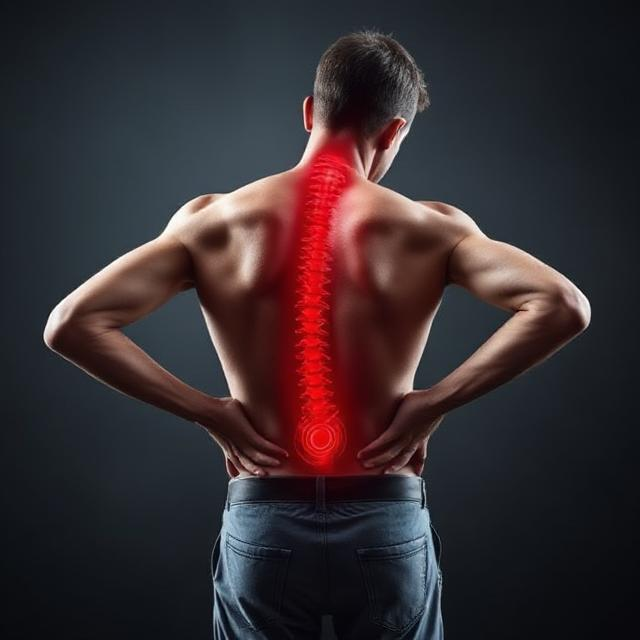Herniated Disk: Six Safe Exercises and What to Avoid


A herniated disk is an injury of the spine, more specifically in a series of bones in the spine called vertebrae, they stretch from the base of the skull all the way to the tailbone. There are round gel-like cushions between the vertebrae and they are called disks. Their main role is to act as buffers between the vertebrae, absorbing any movement impact and allowing us to bend and move freely. A herniated disk is also known as a slipped disk, sometimes referred to as ruptured or bulging disk. It happens when one of these disks suffer tearing or leaking. It is by far one of the most common reasons for neck, back and leg pain (also known as sciatica). Herniated disks usually can recover without any intervention, but it is advisable to get the spine checked regardless of how we feel, as prolonged untreated pain may result in gradual degradation of the spine health.
However, relief can be achieved by doing some simple exercises. These exercises can be performed at home or at work, whenever you feel a need to do so.
1) Neck stretches 1. Start by touching the chin on the chest, then release the tension by looking up onto the ceiling, go as far as the neck allows to stretch the neck. 2. Tilt the head to the left shoulder, and tilt the head to the right shoulder. 3. Repeat each for 3 sets of 12 reps each.
2) Seated chair stretch 1. Extend one foot away from the body while sitting on a chair, with the heel planted on the floor. 2. Now straighten the back and move the torso forward towards the extended leg until you feel a deep stretch in the hamstring. 3. Hold for 30 seconds and switch leg. Repeat each leg for five times.
3) Towel hamstring stretch 1. Lift a leg into the air while lying on your back on a yoga mat. 2. Wrap your foot with a towel while it’s held in the air. 3. Pull the leg towards the body with the towel. 4. Hold for 30 seconds and switch leg. Repeat each leg five times.
4) Back flexion stretch 1. Hug both knees towards the chest while lying on your back on a yoga mat. 2. Move the head towards the knees for a deep stretch in the mid and lower back. 3. Hold for 20 seconds. Repeat five times.
5) Knee to chest stretch 1. Lie flat on the back, bend the knees with both heels on the ground. 2. Place two hands on one knee and pull it towards the body. 3. Hold for 30 seconds and switch leg. Repeat each leg five times.
6) Piriformis muscle stretch 1. Lie on a yoga mat with the knees bent with both heels firmly planted on the ground. 2. Cross a leg over the other, with the ankle resting on the knee. 3. Slowly pull the crossed knee towards the body until you feel a gradual stretch in the glutes. 4. Hold for 30 seconds and switch leg. Repeat each leg five times.
Heavy lifting should be avoided by a person with herniated disk. Any physical activities that cause pain must be avoided. Jogging, running, martial arts and other form of strenuous activities must be left out until the herniated disks have recovered.
Please get in touch with us if you’re feeling discomfort along your spine and we’re ready to give our best care.



